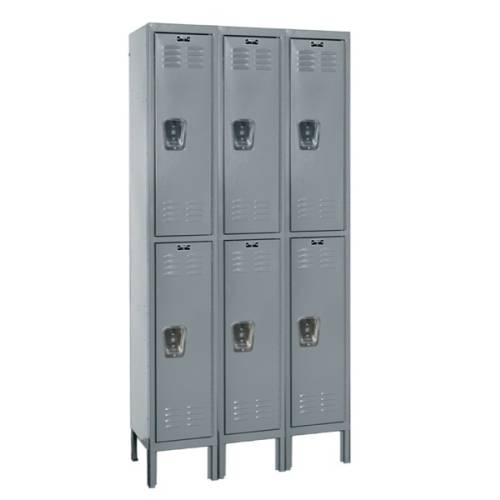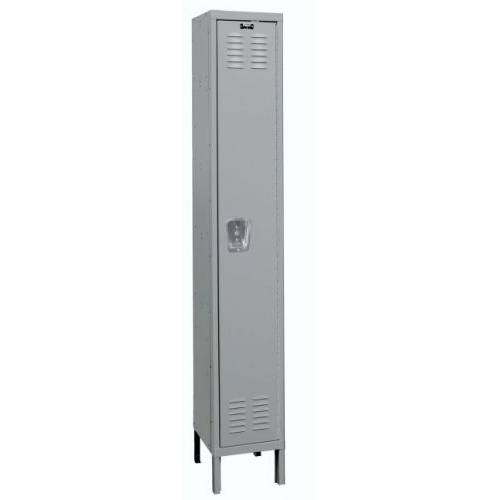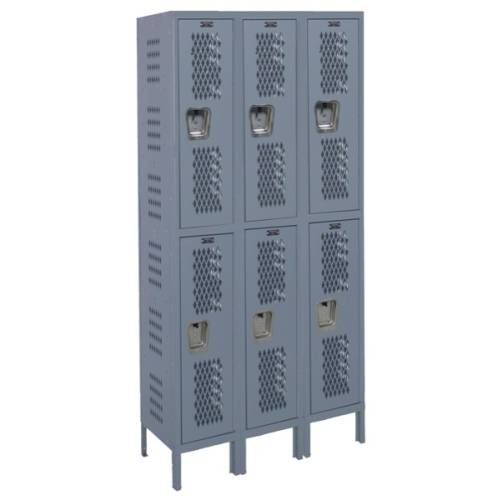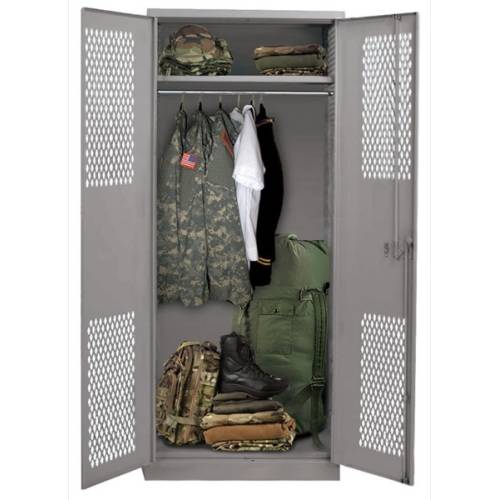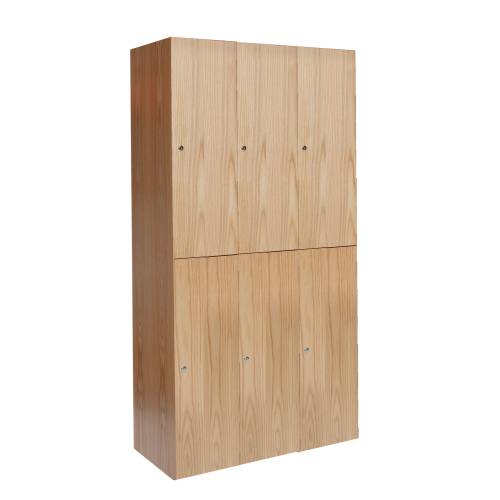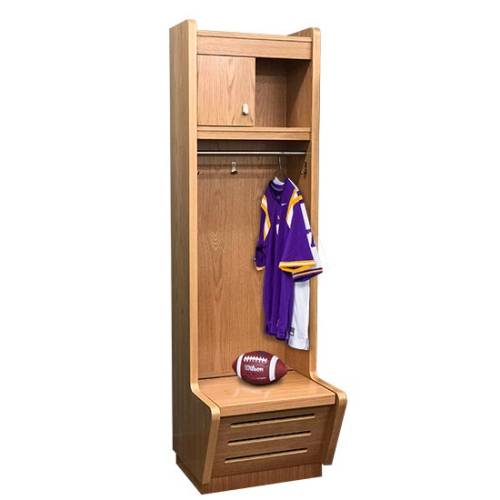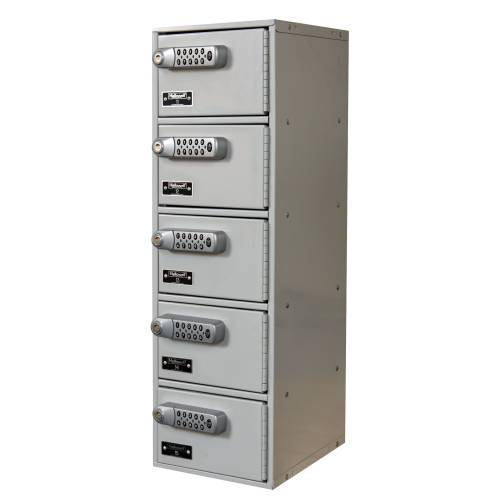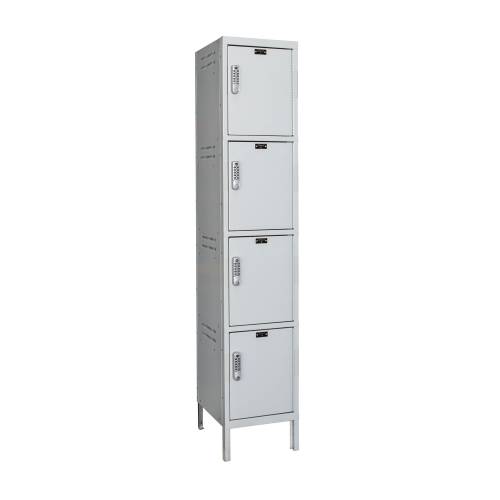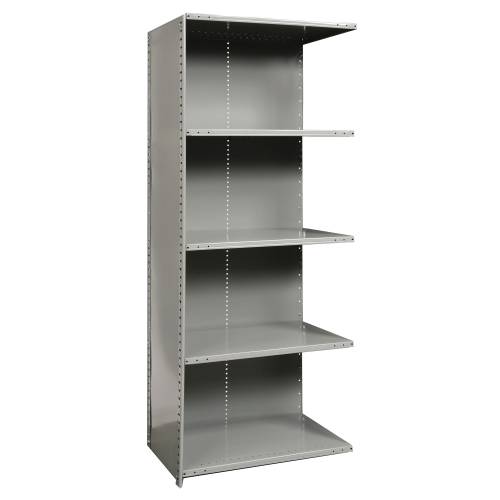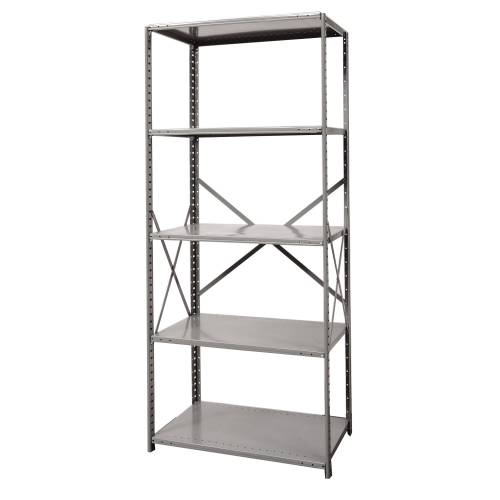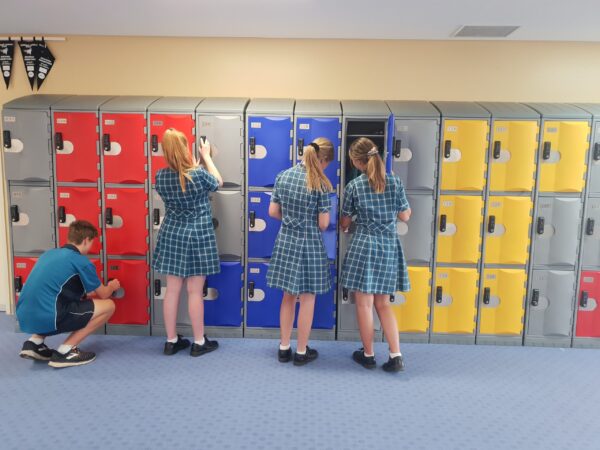When the piles of old chewing gum have hardened into stalactites, when students are selling limited shelf space on the black market, when you just can’t figure out where that smell is coming from, it’s time to replace your school lockers. Or, for that matter, when you’re looking to upgrade your locker locks or bring some added color into your hallways – there are plenty of good reasons for a school locker refresh.
But school locker replacement offers a short window for school administrators – the time between “School’s out!” and “Is summer over already?” is generally about three months, which is less time than it feels like for maintenance, particularly when programs like summer school have students still roaming the halls well into July. That means any school preparing to repair, upgrade, or otherwise replace its lockers needs to start the process now if the kids are going to have somewhere to stow their gear when they come back to school.
Before we begin: Do school lockers really matter?
Maybe you don’t have any lockers to replace or aren’t even in the market for high school lockers yet. Maybe you’re still deciding whether lockers are something you need to offer at all.
While it’s true that every school is different, the answer for most schools is a resounding yes. The benefits of school lockers are considerable – they give students a secure, private place to store valuables like cell phones (keeping them out of student hands during class) and personal items. Every bulky backpack stored in a locker is one that isn’t clogging hallways during class changes. And most importantly, school lockers help lighten kids’ loads, giving them a place to store heavy books and bags and avoid some of the many back, shoulder, and neck problems associated with towing around too much stuff at an age when their bodies are still developing.
So yes, school lockers are an important addition to most school facilities. But just as important is having the right lockers for your needs. Here are seven things to keep in mind as you’re adding, repairing, or replacing your school’s lockers.
1. LOCKERS AREN’T JUST LOCKERS.
One of the most familiar fixture in any school hallway is the standard steel locker – a metal box with a locking door in front, available in various heights, arranged in one, two, or three tiers. Features inside might include a coat hook, coat rod, and/or shelf, space allowing. Many school lockers are available in a range of colors for that extra dose of school spirit. And one of those choices will generally be sufficient to serve the purposes of most middle-schoolers and high-schoolers.
Those aren’t the only lockers a school might need, though. In an athletic locker room, standard steel lockers leave little ventilation for sweaty gym clothes and wet towels, leading to that classic eau de gym sock aroma. For those purposes, a special gear locker or ventilated locker – available in a variety of sizes, with a variety of added features – can provide for all of the security with none of the stink.
2. LOCKER SIZE IS A BIGGER DEAL THAN YOU THINK.
School lockers generally range in size from around 7.5 cubic feet (for a three-tiered model) to 9 cubic feet (for an extra-tall, extra-deep one-tiered model), and the right size for your school depends on the needs of your student body. If your students tend to carry lots of books, have large bookbags, or have to wrangle bulky outerwear during cold weather, the full-length version can offer more real estate to store their belongings. (And remember that kids at this age are still mastering the art of good judgement – “I can’t fit my puffer coat into my locker” can easily turn into “so I just won’t wear one, despite the snow, since I am invincible.”) If students have less gear to manage, half-height, two-tiered lockers could get the job done with a smaller footprint.
3. ALL LOCKERS ARE NOT CONSTRUCTED ALIKE.
For locker purposes, metal strength is measured in gauge – the higher the gauge number, the thicker and stronger the metal will be. And strength matters when you’re dealing with students who will be loading heavy stacks of books and gear into their lockers (and probably kicking soccer balls down the hall and denting those shiny metal doors). You’ll generally find school lockers ranging from 12 gauge to 18 gauge – 16-gauge steel will get the job done for most common usage, but you can make your choice depending on needs and budget.
4. ALL LOCKS AREN’T ALIKE, EITHER.
Lockers can be purchased with or without built-in combination locks (or even, budget permitting, digital keypads). Lockers that come without built-in locks and require a separate padlock tend to be less expensive, and they leave students the freedom to choose their preferred type of keyed or combination lock, if the school chooses not to provide its own. Padlocks tend to be less secure than built-in locks, both in the sense that they’re easier to defeat with a pair of bolt cutters and that there’s nothing less secure than a student who decides not to bother with a lock at all. (Again: Still working on judgment.) But don’t feel that a padlock is totally insecure – opting for a high-quality, well-constructed padlock goes a long way toward improved locker security.
5. CLOSING MECHANISMS MATTER.
If you do choose school lockers without built-in locks, you’ll have options for your closing mechanism, including a latch hasp, a lift lock, or a recessed latch, all of which can be secured with a padlock. A latch hasp, while frequently one of the budget-friendlier options, has some disadvantages – those lockers often lack any other kind of latching mechanism, making them less secure, and the protruding hasp runs the risk of catching on clothes and body parts. The recessed latch, while sometimes more costly, also tends to be the most secure and the least likely to snag.
6. IT’S ABOUT MORE THAN JUST THE BOXES.
Look for add-ons that can add extra utility and convenience to your school lockers. If they won’t be installed into a purpose-built nook, a sloped top addition to the bank of lockers can make sure the answer to, “Where is that smell coming from?” isn’t “a peanut butter sandwich that’s been on top of the lockers since October.” Base plates can keep items like pencils and keys from getting kicked underneath the lockers and lost. And don’t forget the small but crucial details like number plates for the doors.
7. LOGISTICS COULD BE A MAJOR ISSUE IN 2022.
One of the biggest challenges school administrators are facing as they prepare for Back-to-School 2022 is ongoing supply chain issues, from shipping delays to shortages in essential materials like steel. Actual availability of your preferred lockers should be taken into account. Unexpected production and shipping delays are, of course, unexpected, and if you’re on a tight timeline, you’ll want to make sure your lockers of choice are already in stock before placing your order. And if you’re particularly pressed for time, see if your school lockers can be delivered pre-assembled. It’s not cheating, we promise.
Summer is coming fast, and while you and your students are both counting down the days (for totally different reasons, we’re sure), don’t forget to get your plans for summer maintenance together. Now that you know what to look for, you’re ready to make your school locker shopping list so when the kids come back in the fall, they’ll have a strong, secure, roomy place to store their discarded gum and, ideally, also school supplies.
The information contained in this article is for informational, educational, and promotional purposes only and is based on information available as of the initial date of publication. It is the reader’s responsibility to ensure compliance with all applicable laws, rules, codes and regulations. If there is any question or doubt in regard to any element contained in this article, please consult a licensed professional. Under no circumstances will Global Industrial® be liable for any loss or damage caused by your reliance on this article.

